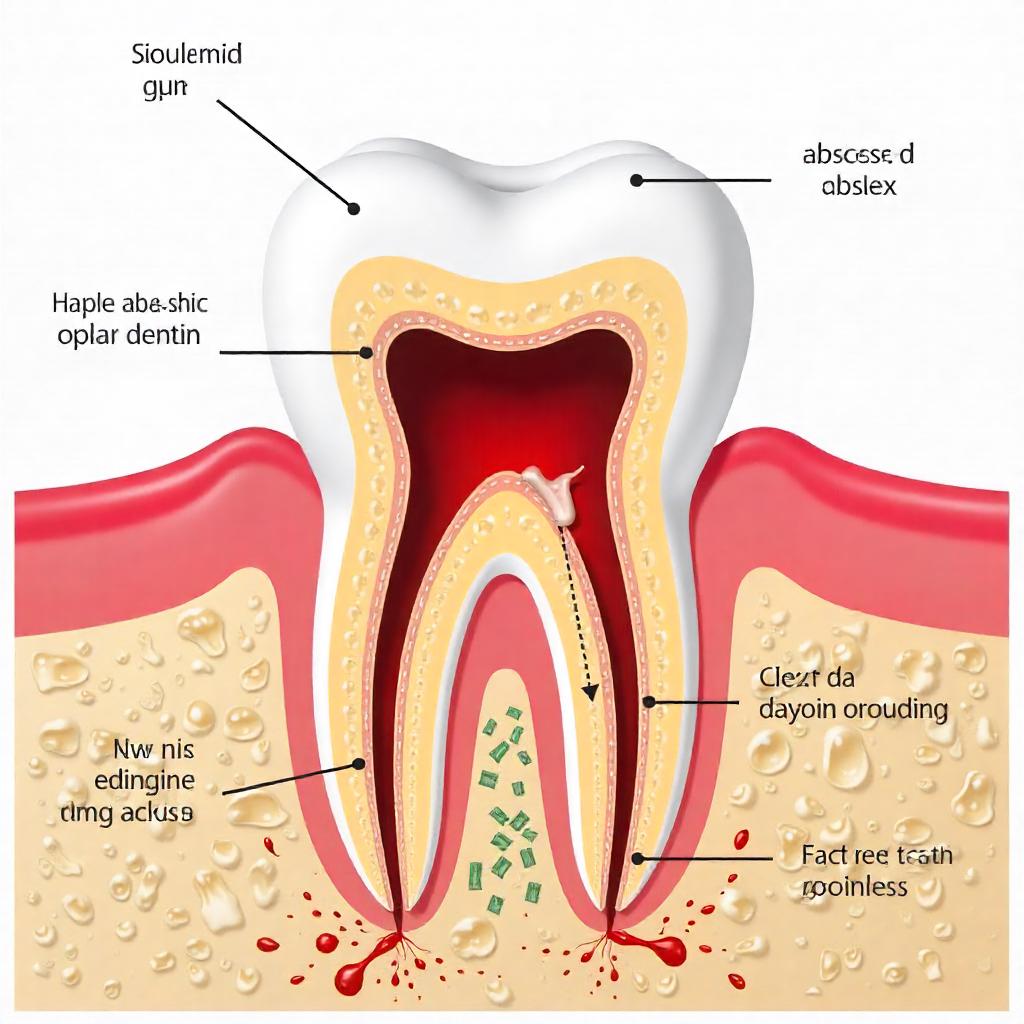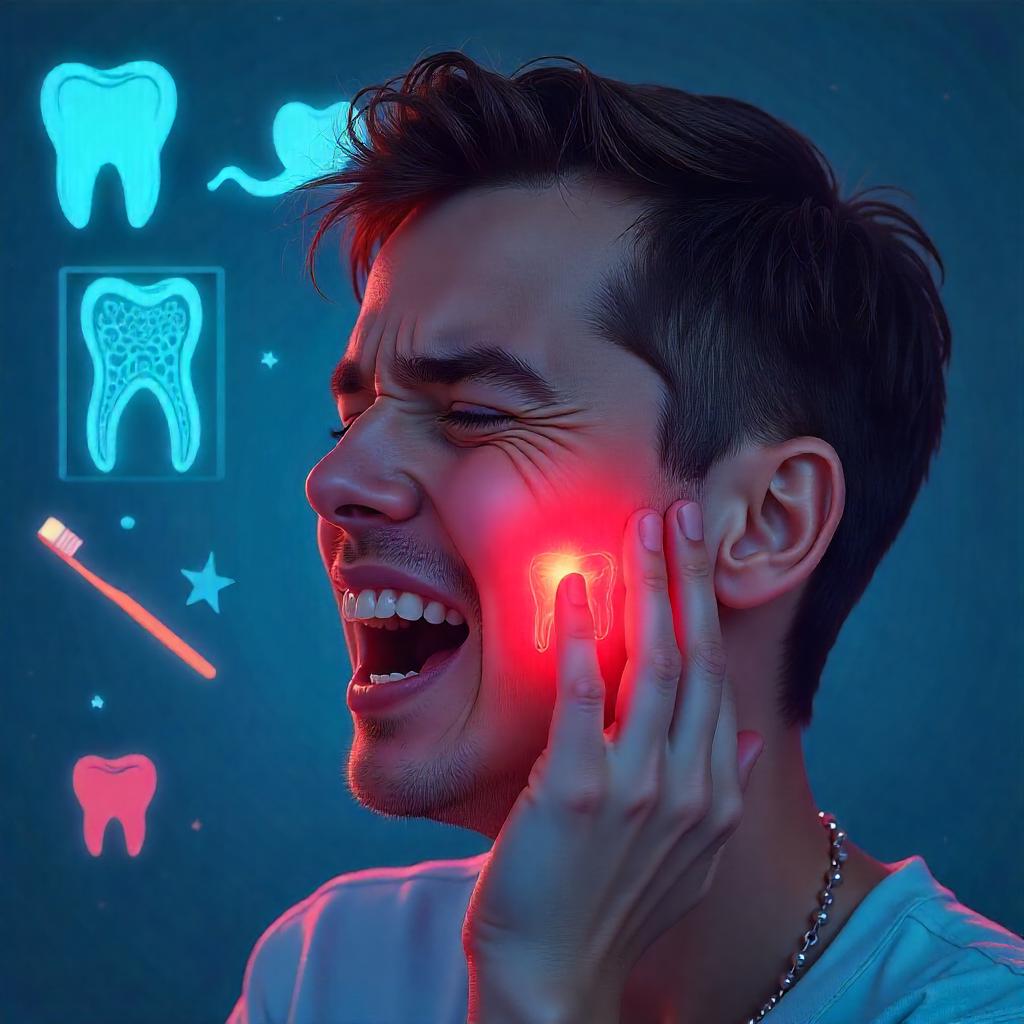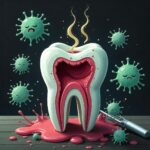Throbbing tooth pain is a distressing sensation many people experience at some point. It often signals an underlying dental issue that requires immediate attention. But what exactly does it mean, and how should you address it? This guide explores the causes, implications, and treatment options for throbbing tooth pain, ensuring you’re informed and ready to take action.
What Causes Throbbing Tooth Pain?
1. Tooth Decay
Untreated cavities are a leading cause of throbbing tooth pain. When bacteria eat through the enamel, they expose the inner layers of the tooth, which house sensitive nerves. This can result in sharp, pulsating discomfort.
2. Dental Infection
An infection, such as an abscess, can trigger intense, throbbing pain. Abscesses occur when bacteria spread to the innermost part of the tooth or surrounding gum tissue, resulting in inflammation and pus buildup. If untreated, the infection can potentially spread to other areas of the body, making it a serious concern.
3. Gum Disease
Advanced gum disease (periodontitis) can cause significant discomfort, including throbbing sensations. The inflammation of gum tissue and the deterioration of supporting structures often lead to pain, especially when chewing.
4. Tooth Fracture or Trauma
Cracked or broken teeth expose nerves, resulting in bursts of pain. Even minor stress fractures, if left untreated, can worsen over time and cause constant discomfort.
5. Dental Procedures Gone Wrong
Sometimes, complications from recent dental treatments, such as poorly placed fillings or crowns, can result in throbbing pain. This might indicate that the procedure didn’t fully resolve the issue or triggered new sensitivity.
6. Bruxism (Teeth Grinding)
Grinding your teeth, especially during sleep, exerts excess pressure on teeth and joints, which can lead to persistent pain. Over time, this habit results in enamel wear and nerve exposure.
7. Sinus Pressure
Did you know throbbing tooth pain can stem from sinus issues? Sinus infections or pressure can create discomfort in the upper teeth due to their proximity to the sinus cavities.

When to Seek Professional Help
Throbbing tooth pain isn’t always a minor inconvenience—it can point to serious conditions requiring urgent intervention. Call a dentist if you encounter any of the following:
- Swelling in the face, jaw, or gums.
- A high fever combined with oral pain.
- Persistent pain that disrupts daily activities or sleep.
- Bleeding gums that accompany the pain.
- Difficulty chewing or opening your mouth.
Ignoring these symptoms may lead to worsening conditions, costly treatments, and potentially permanent damage.
Treatment Options
1. Professional Dental Intervention
Consulting a dentist is the most effective approach to resolving throbbing tooth pain. Treatments vary depending on the cause but may include the following options:
- Filling or Crowns: When decay is the root cause, fillings or crowns can restore the tooth’s structure.
- Root Canal Therapy: Recommended when the pulp (inner tooth tissue) is infected or inflamed. This treatment removes infected tissue and seals the tooth.
- Tooth Extraction: Severely damaged or decayed teeth may need to be removed.
2. Antibiotics for Dental Abscess
If a bacterial infection is diagnosed, antibiotics may be prescribed to eliminate harmful bacteria while other restorative treatments are performed.
3. Deep Cleaning for Gum Disease
Scaling and root planing are common procedures for addressing gum disease that results in throbbing pain. These treatments remove plaque and tartar buildup below the gumline.
4. Night Guards for Bruxism
Wearing a custom-fitted night guard protects your teeth from further damage caused by grinding at night. This reduces pressure on teeth and alleviates discomfort over time.
5. Pain Relief at Home
While waiting for a dental appointment, certain remedies can help you manage pain temporarily:
- Use an over-the-counter pain reliever, like ibuprofen, to reduce inflammation and pain.
- Rinse your mouth with warm salt water to clean the area and alleviate discomfort.
- Apply a cold compress on the outside of the jaw where the pain is concentrated to minimize swelling and numb the area.

Preventing Throbbing Tooth Pain
Regular Dental Checkups
Routine visits to your dentist ensure early detection of potential problems, allowing timely intervention before pain occurs.
Practicing Good Oral Hygiene
Brush twice daily using fluoride toothpaste, floss regularly, and rinse with an antibacterial mouthwash to prevent plaque buildup and tooth decay.
Watch Your Diet
Limit sugary and acidic foods, as they can weaken enamel and increase the risk of decay. Incorporate calcium-rich foods, like dairy, to strengthen teeth.
Protect Your Teeth
If you play contact sports or grind your teeth, consider protective gear like mouthguards to prevent injury and damage.
Address Dental Issues Promptly
Don’t delay professional care for minor dental discomfort—it’s much easier to resolve early issues than advanced ones.
Final Thoughts
Throbbing tooth pain is more than just an annoyance. It can signify severe dental problems that require diagnosis and treatment. Identifying the cause early and following through with proper care is essential for maintaining oral health and overall well-being.
If you’re experiencing consistent throbbing pain, schedule a consultation with your dentist promptly to uncover the cause and find relief. Prevention, timely action, and professional care are the keys to a healthy, pain-free smile.


